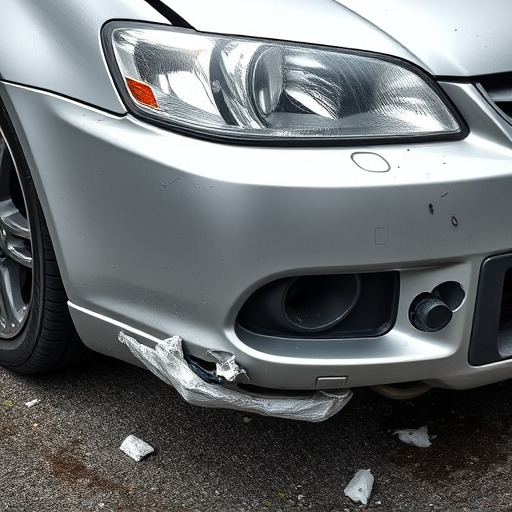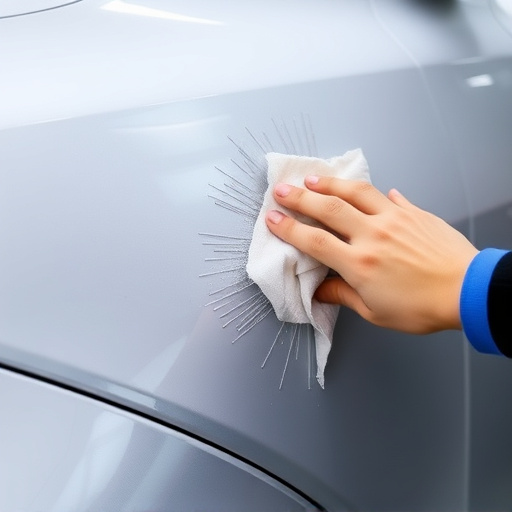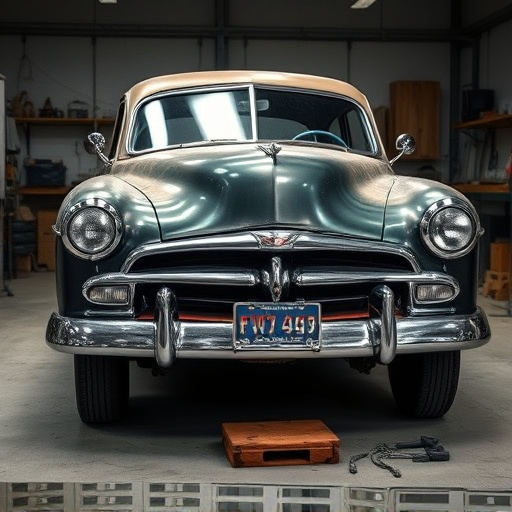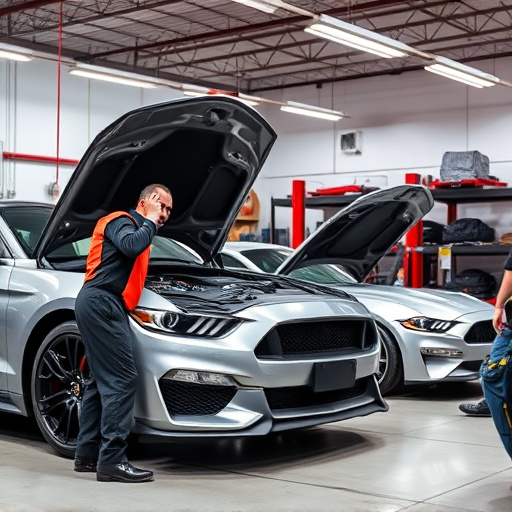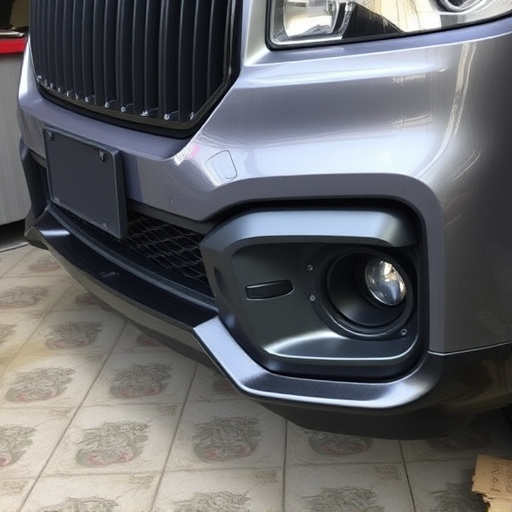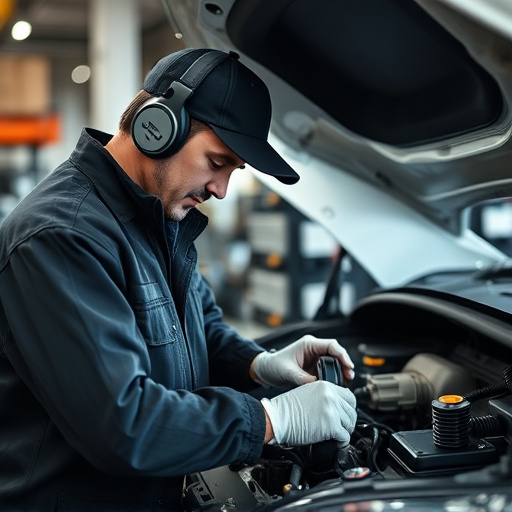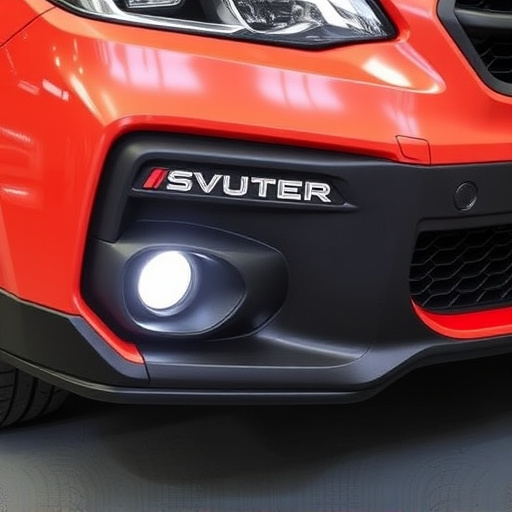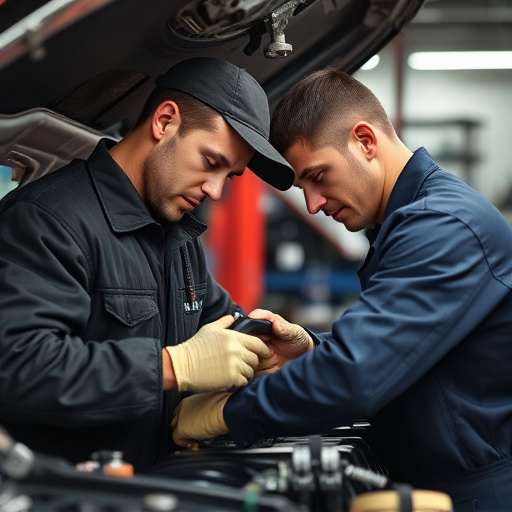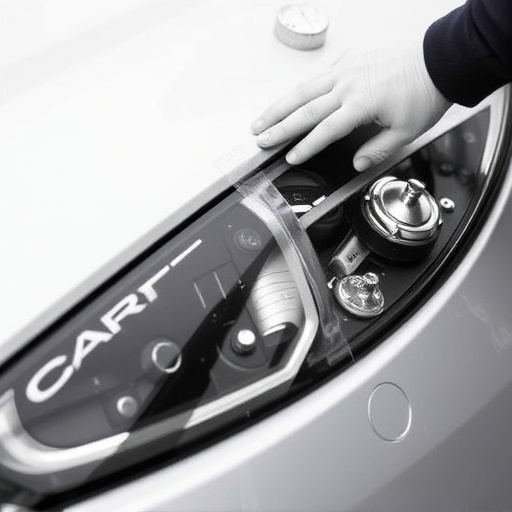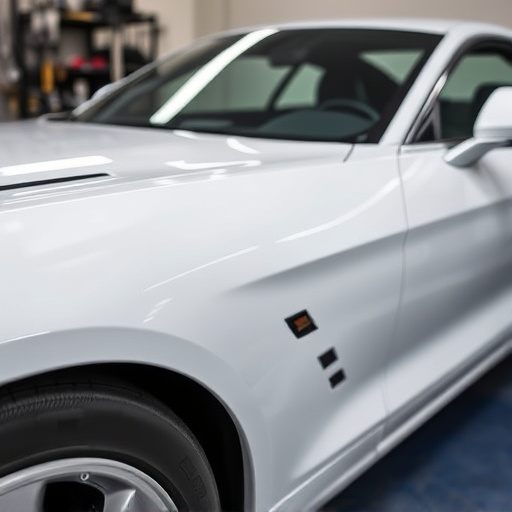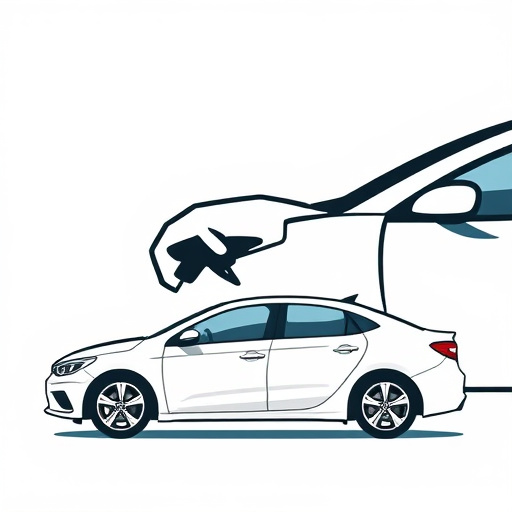Mercedes-Benz repair standards set a high bar for auto body shops, defining strict tolerances for component alignment to preserve vehicle design and safety features. Adhering to these guidelines ensures each repair meets or exceeds brand quality expectations, maintaining structural integrity, performance, and customer satisfaction.
Mercedes-Benz, renowned for its luxury and precision engineering, sets stringent repair standards that define acceptable tolerance thresholds. This ensures that repairs maintain the brand’s iconic quality and safety standards. Understanding these standards is crucial for both consumers and mechanics, as they delineate the parameters within which repairs must fall to be considered satisfactory. This article explores how these standards are defined and their vital role in preserving the integrity of Mercedes-Benz vehicles.
- Understanding Mercedes-Benz Repair Standards
- Defining Acceptable Tolerance Thresholds
- Ensuring Quality and Safety in Repairs
Understanding Mercedes-Benz Repair Standards
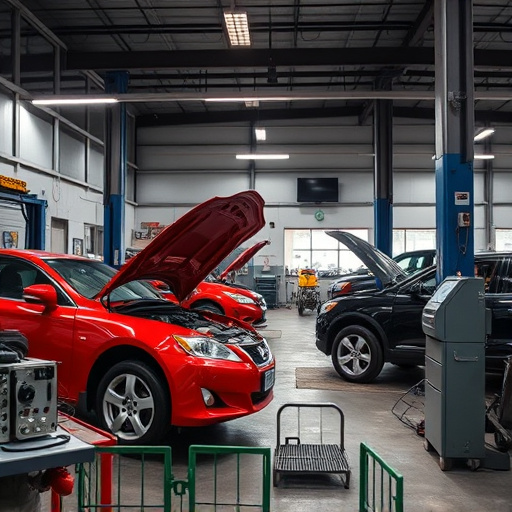
Mercedes-Benz repair standards are renowned for their precision and quality, setting a high bar for auto body shops across the industry. These standards define acceptable tolerance thresholds for various aspects of vehicle body repair, ensuring that each component aligns perfectly with the manufacturer’s specifications. From panel gaps to alignment, every detail matters in maintaining the iconic design and safety features of a Mercedes-Benz.
Understanding these standards is crucial for any auto body shop undertaking hail damage repair or any other type of vehicle body repair. By adhering to these guidelines, shops can deliver top-notch results that meet or exceed customer expectations. The meticulous approach guarantees that the repaired vehicle not only looks as good as new but also maintains its structural integrity and safety performance, which is paramount for Mercedes-Benz owners.
Defining Acceptable Tolerance Thresholds
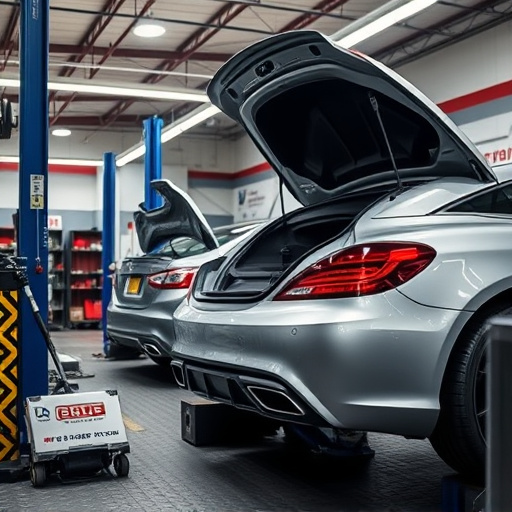
Mercedes-Benz repair standards play a pivotal role in setting acceptable tolerance thresholds for various aspects of vehicle repairs. These standards ensure that every car leaving a workshop meets the brand’s high-quality expectations. Tolerance thresholds define the permissible limits within which components and systems must function to be considered within specifications. For instance, when it comes to car bodywork services, these standards dictate how much deviation from the original dimensions is acceptable for panels and frames after repairs in a vehicle body shop.
Similarly, for automotive repair services involving mechanical and electrical systems, Mercedes-Benz has set benchmarks that define acceptable tolerances. This includes engine performance parameters, braking system accuracy, and even fine details like the alignment of headlights. By establishing these precise thresholds, the manufacturer guarantees customer satisfaction and safety, ensuring that every Mercedes-Benz on the road performs optimally and meets the brand’s reputation for excellence.
Ensuring Quality and Safety in Repairs
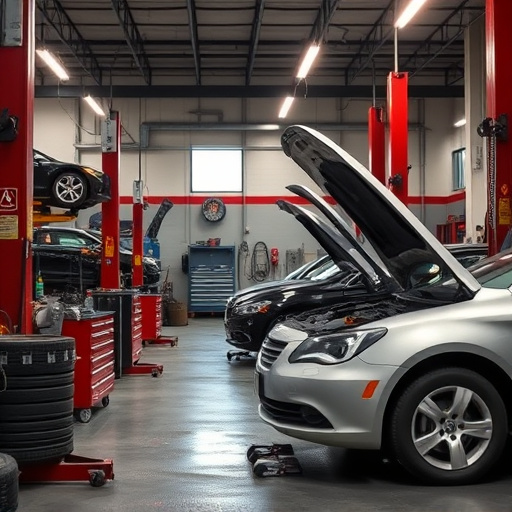
In the realm of luxury vehicle repair, Mercedes-Benz sets the bar high with its stringent repair standards. These guidelines are meticulously crafted to ensure that every repair made is of the highest caliber, maintaining not just the aesthetic appeal but also the safety and performance of these esteemed vehicles. By defining acceptable tolerance thresholds, Mercedes-Benz guarantees that their vehicles return to the road with precision and reliability.
This commitment to excellence is reflected in every aspect of auto maintenance, from the skilled technicians in top-notch vehicle body shops to the use of advanced technologies. The brand’s focus on detail ensures that each repair not only meets but exceeds expectations, making Mercedes-Benz a symbol of quality and safety in the automotive industry.
Mercedes-Benz repair standards set clear guidelines for acceptable tolerance thresholds, ensuring that every repair maintains both the quality and safety of their vehicles. By understanding these standards and defining precise tolerances, garages can provide reliable and consistent repairs, giving owners peace of mind on the road. Adhering to these benchmarks is crucial in preserving the brand’s reputation and customer satisfaction.

